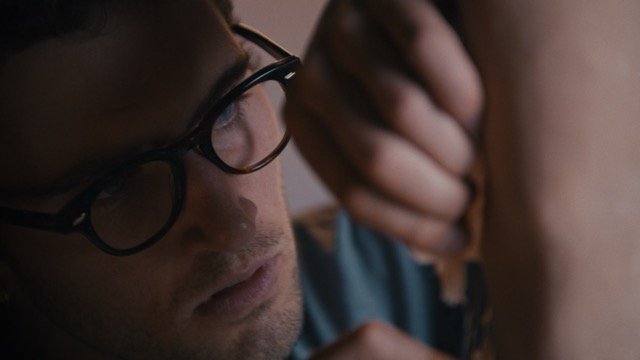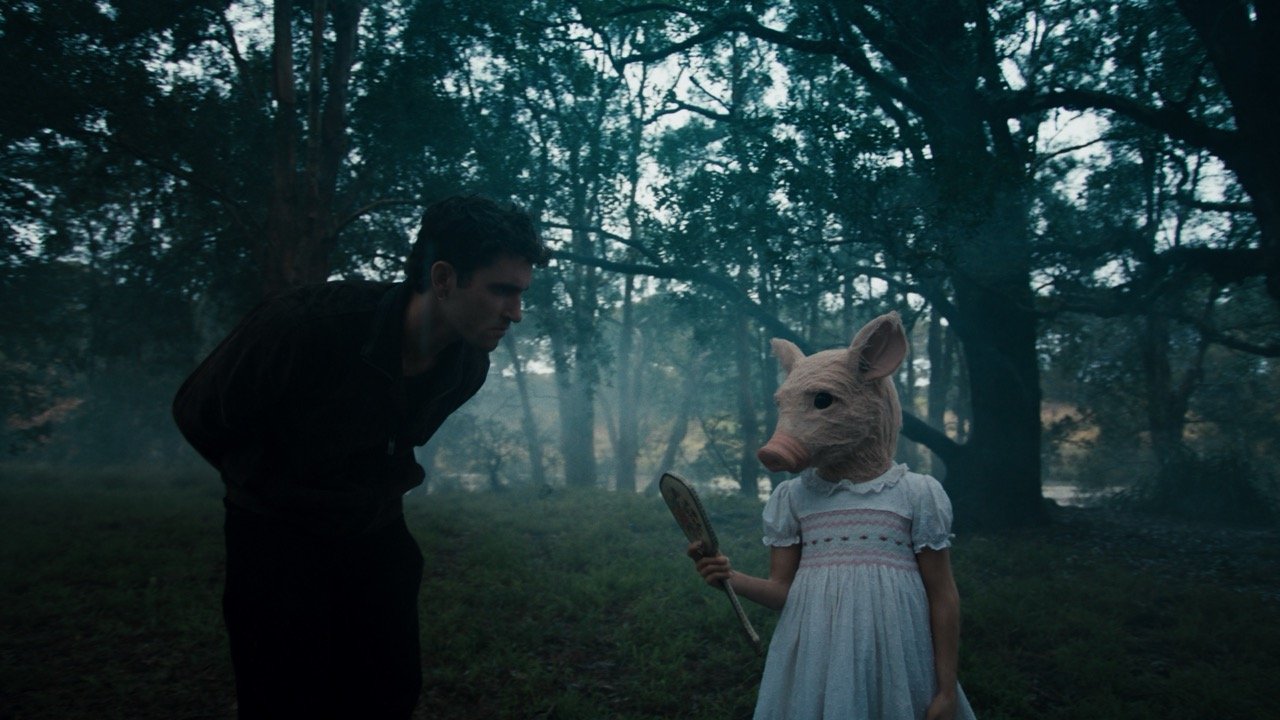Rush Drayton’s Sculptures Make Us Wonder In The Best Way
Animal Selves by artist Rush Drayton, invites us to reconsider our relationship with animals and nature at large, through a symbolic sculpture of a creature we are all familiar with - the pig.
For many, our exposure to pigs and many domesticated animals is more so for food sources rather than as sentient beings that share the same origins as us despite the fact that pigs are highly intelligent and emotional beings. Similarly, as we grow older, we slowly lose sight of our innate connection to nature, forgoing playing in the mud for whatever adult things we deem as more important. Perhaps we have a thing or two to learn from pigs. Made from silicone, alpaca hair, fibreglass, and muslin, meticulously put together over a five-month period to create a wonderfully realistic pig, the sculpture does what all good art does - makes us wonder. Watch the short film by filmer Henry Smith and read our chat with both the artist and filmer below for a deeper understanding on the process and wonder of creating a pig.
Hey guys, how are we? Surviving the Sydney winter?
Henry Smith: Yeah we’re good!
Nice - what are your full time jobs by the way?
Henry: I'm full-time freelance film stuff.
Rush Drayton: I was doing software engineering full-time and then quit to pursue sculpture. I'm going to do my master’s at the Royal College of Art and Imperial College London. So when I got into that I quit software engineering and dedicated myself to sculpture for a couple months.
That's so exciting. Cool. Congratulations. Okay so the first question I have is why a pig?
Rush: Because pigs are some of the most emotionally intelligent animals, they can empathise with human emotions and express their own. I guess the whole story and why I created it was based on this book by Ed Yong which talks about animals and how they perceive the world through senses we can't comprehend. So I guess pulling in that - a pig was a good example because they’re something that we're all pretty familiar with. They actually see a completely different world so I thought it was a good subject to contrast with a little girl.
In the film you say that you hope your art encourages people to be more inquisitive and reconnect with nature. What are some ways both of you do that yourselves?
H: Flyfishing or climbing are the main pursuits.
R: Yeah Henry kind of lives his life out of a Patagonia mag.
H: Surfing recently, but that's more just sort of getting pummelled by waves at this point, but hopefully at some point it's enjoyable.
R: Much the same. I have always grown up around nature and that's kind of where I find myself being most comfortable and having my best thoughts. I guess I want other people to experience that.
For sure. Based on this work and also looking through your previous work, is sustainability and message your consciously trying to convey?
R: It’s not necessarily sustainability like green energy or that stuff, it’s more considering animals as more than just a source of sustenance. I guess that’s what I’m going to study. I want to be a creative technical-ecologist basically designing systems to work with nature and creating synergy between humans and animals. Recognising animals as more than just food.
That's really cool. And what part of the process takes the longest for this particular sculpture?
R: They all take a really long time. So you start out sculpting the plasticine, creating pores and wrinkles. That in itself takes a long time. Mould making takes a long time to get it right. Obviously, the hair punching which is just grunt work. You can put on Netflix and do this because you’re putting in each individual hair. But yeah I think the actual initial sculpting takes the longest.
And Henry, how do you approach a project as a filmer that is filmed over such a long period of time?
H: I mean this was a passion project so we could kind of choose the bits that we thought were the most interesting. The timing worked out really well as Rush was just starting the physical work on the sculpture right when I really wanted to do something on an artist.
Is this the first time that you have worked with an artist?
H: I’ve done projects with musicians but this was the first one I’ve done with an artist and over such an extended period of time. We were just kind of looking at what parts are most important to capture to give an insight and not go into too many ideas while showing Rush and his process as authentically as possible.
And the pig holding the mirror, what is that symbolic of?
R: It's a symbol for looking back on ourselves and asking if we are really that different from the animals that we surround ourselves with. It’s open for interpretation but that’s the general message.
Is Animal Selves on show?
R: I had my first solo exhibition on the 21st June with a great turn out. We showed the sculpture and four in-situ photos that Henry captured with the film. Looking at the four photos Henry captured, it’s basically creating this whole narrative where the pig meets a girl out in nature and they become friends and explore their surroundings and learn from each other.
Yeah those photos are really cool - whose idea was that?
R: Those were my ideas. There’s a photographer in the States, Summer Wagner, who creates these really mystical photos that inspired those scenes. All the contrast has been knocked back and there’s an underlying story to tell. I really wanted to bring the sculpture out of the gallery walls, give it a life outside and let people in on that narrative.
Is there a narrative and message you ideally want to portray?
H: Filming wise, the way the film was done leaves a lot up to the imagination and gives the viewer an opportunity to make up their mind about it. But then also illustrates what goes into making a sculpture, what drives the practice and capturing the message Rush wants to portray with it.
R: Yeah I wanted to show the steps it takes to make a hyper-realistic sculpture and also why I’m doing it, which I think Henry captures.
He sure does. And how do you think art helps the world? Film and sculpture.
R: I think art is a step towards change and thought provoking conversations. Artists generally push the boundaries of what is real and that’s what I hope to do with my art. Create a forum where hopefully people can start discussing progressive topics. For me personally, I want to go off and put that into practice with design engineering, to create a link between design and art.
H: If a piece of art can crack a paradigm or whatever construct of somebody's mind just a little bit and make them think about it and make it relatable to their experience, I think that's a pretty amazing thing to be able to do.
Check out Rush Drayton’s other wonderful projects at rushdrayton.com







